News
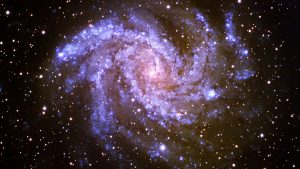
Large Sponsored Scientific Programs
The Large Binocular Telescope Observatory is inviting researchers at Member or non-Member institutions to develop proposals for large scientific programs with potential for grant funding,
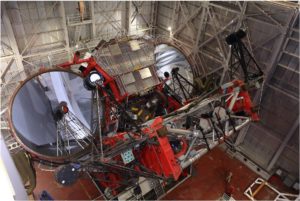
New Instrument Concepts
The Large Binocular Telescope Observatory is inviting proposals for new instrument concepts that will increase the Observatory’s capabilities for scientific discovery and technical innovation. Letter
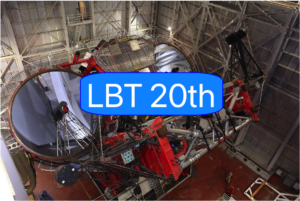
LBT20th
The Large Binocular Telescope: 20 Years of Innovation & Discovery The year 2024 marks the 20th anniversary of the dedication of the Large Binocular Telescope.
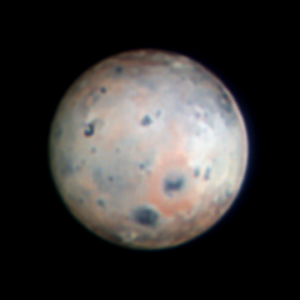
New Images of Io Rival those from Spacecraft
Glimpses of a volcanic world: New telescope images of Jupiter’s moon Io rival those from spacecraft The UArizona-managed Large Binocular Telescope on Mount Graham is
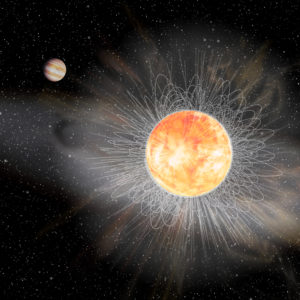
OLD STARS MAY BE THE BEST PLACES TO SEARCH FOR LIFE, NEW STUDY SUGGESTS
In 1995, Swiss astronomers Michael Mayor and Didier Queloz announced the first discovery of a planet outside our solar system, orbiting a distant Sun-like star
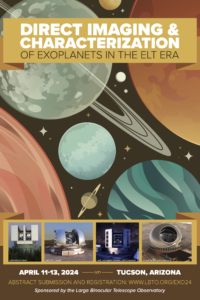
LBTO Science Conference EXO24
Announcing the LBTO Science Conference in Tucson AZ taking place April 11-13, 2024. Details available on our conference website: EXO24 The emerging
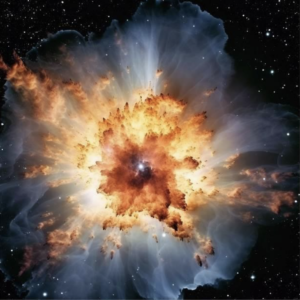
NIRS3: the protostar that shows how giant stars grow.
Instituto de Astrofísica de Andalucía (IAA-CSIC)www.iaa.es The Institute of Astrophysics of Andalusia (IAA-CSIC) leads the sharpest analysis of this forming massive protostar, suggesting that it
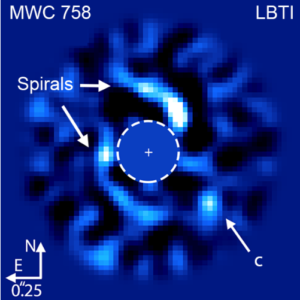
Astronomers discover elusive planet responsible for spiral arms around its star
Scientists have long thought that spiral arms in protoplanetary disks could be caused by nascent planets, yet none had been detected until now. By Kylianne

LBTO Welcomes Sam Ragland
The Large Binocular Telescope Observatory is pleased to welcome Dr. Sam Ragland as the Observatory’s new Adaptive Optics Head. In his new role, Sam is
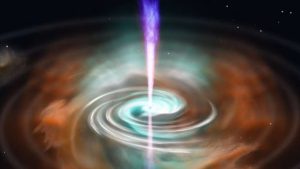
New Research Shows that Short Gamma-Ray Bursts are Powered through Formation of Neutron Stars as well as Black Holes
An artist’s impression of a gamma-ray burst powered by a neutron star. Credit: Nuria Jordana-Mitjans An international collaboration led out of the University
Post Archive
- July 2025 (1)
- March 2025 (1)
- July 2024 (1)
- June 2024 (1)
- January 2024 (1)
- November 2023 (1)
- September 2023 (1)
- August 2023 (2)
- November 2022 (3)
- October 2022 (1)
- August 2022 (1)
- June 2022 (2)
- May 2022 (1)
- November 2021 (1)
- October 2021 (1)
- December 2020 (1)
- October 2020 (1)
- March 2020 (2)
- September 2019 (2)
- March 2019 (1)
- April 2018 (1)
- January 2018 (2)
- October 2017 (2)
- September 2017 (1)
- July 2017 (2)
- June 2017 (1)
- May 2017 (3)
- March 2017 (1)
- January 2017 (2)
- September 2016 (2)
- August 2016 (1)
- March 2016 (2)
- January 2016 (1)
- November 2015 (1)
- June 2015 (1)
- May 2015 (1)
- April 2015 (2)
- February 2015 (1)
- January 2015 (2)
- December 2014 (1)
- August 2014 (1)
- July 2014 (1)
- April 2014 (1)
- March 2014 (1)
- February 2014 (2)
- January 2014 (1)
- November 2013 (2)
- October 2013 (2)
- September 2013 (1)
- August 2013 (2)
- July 2013 (2)

